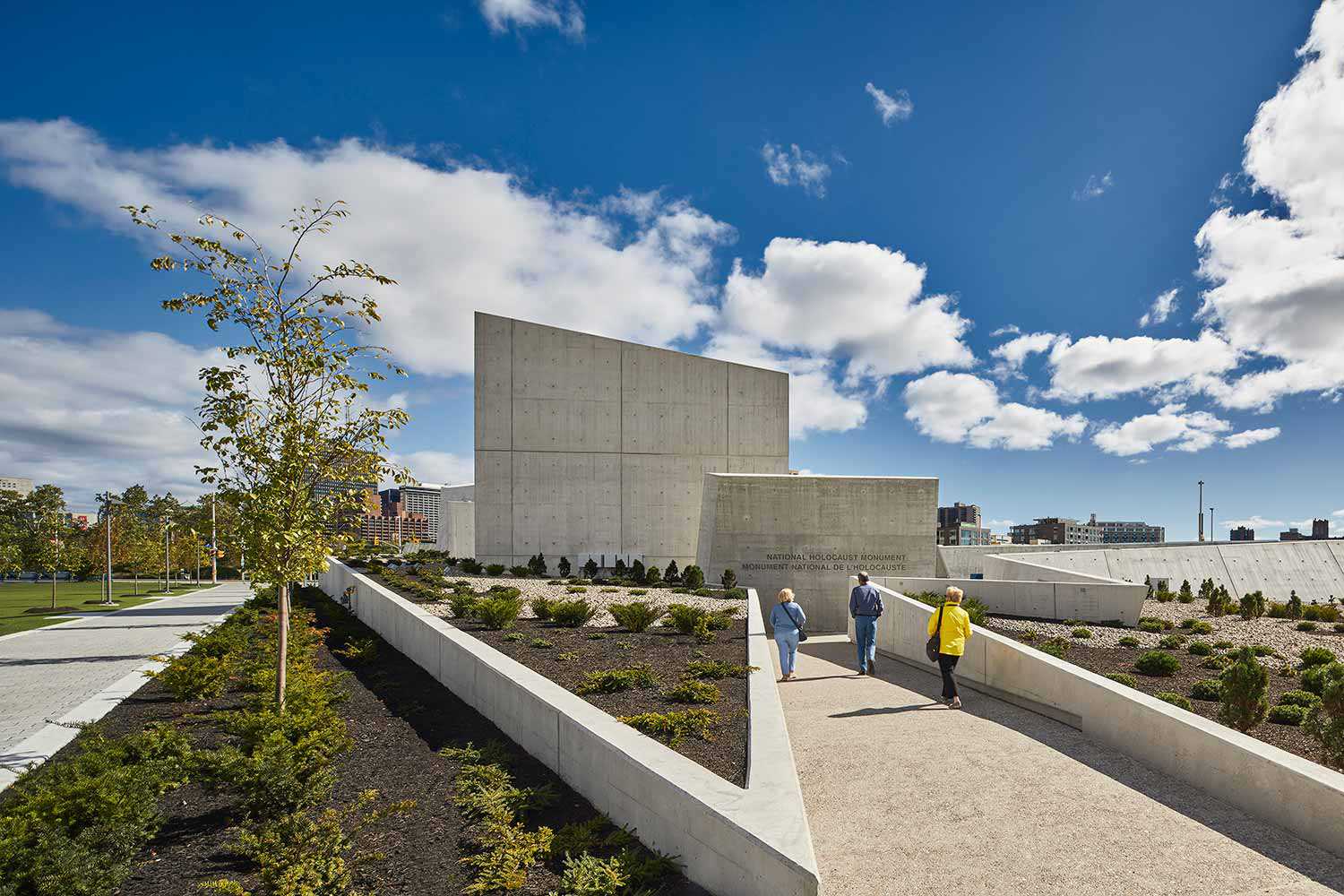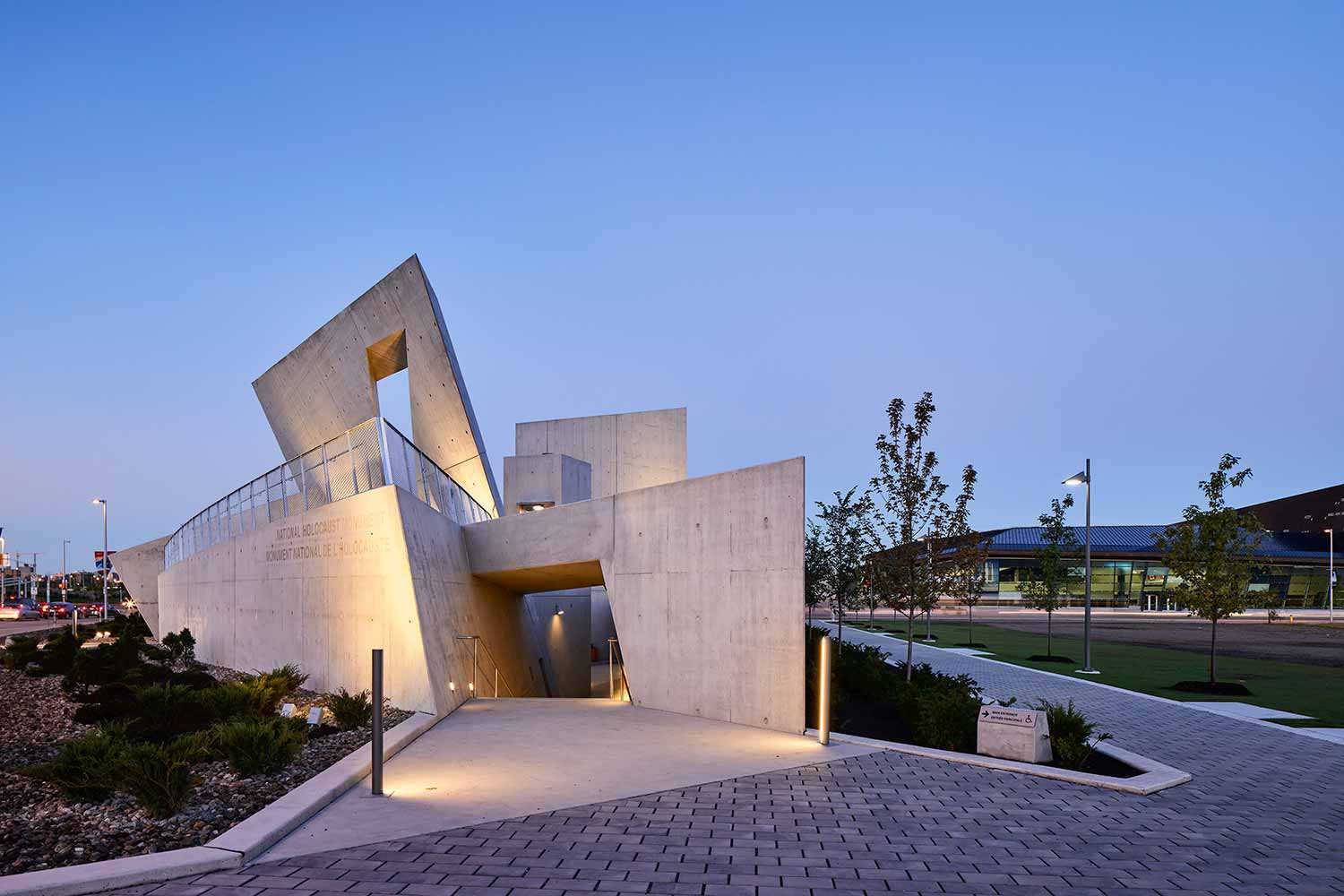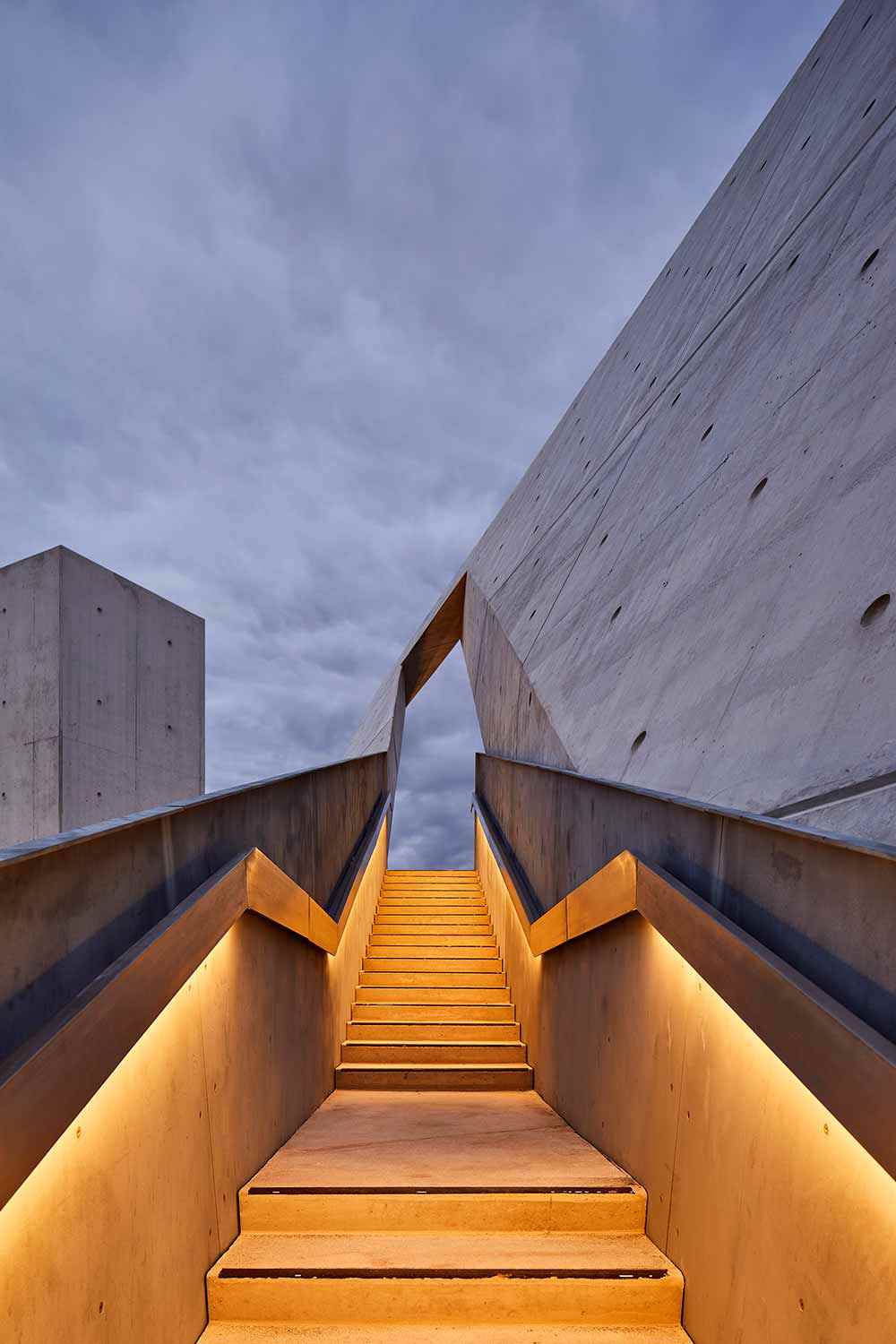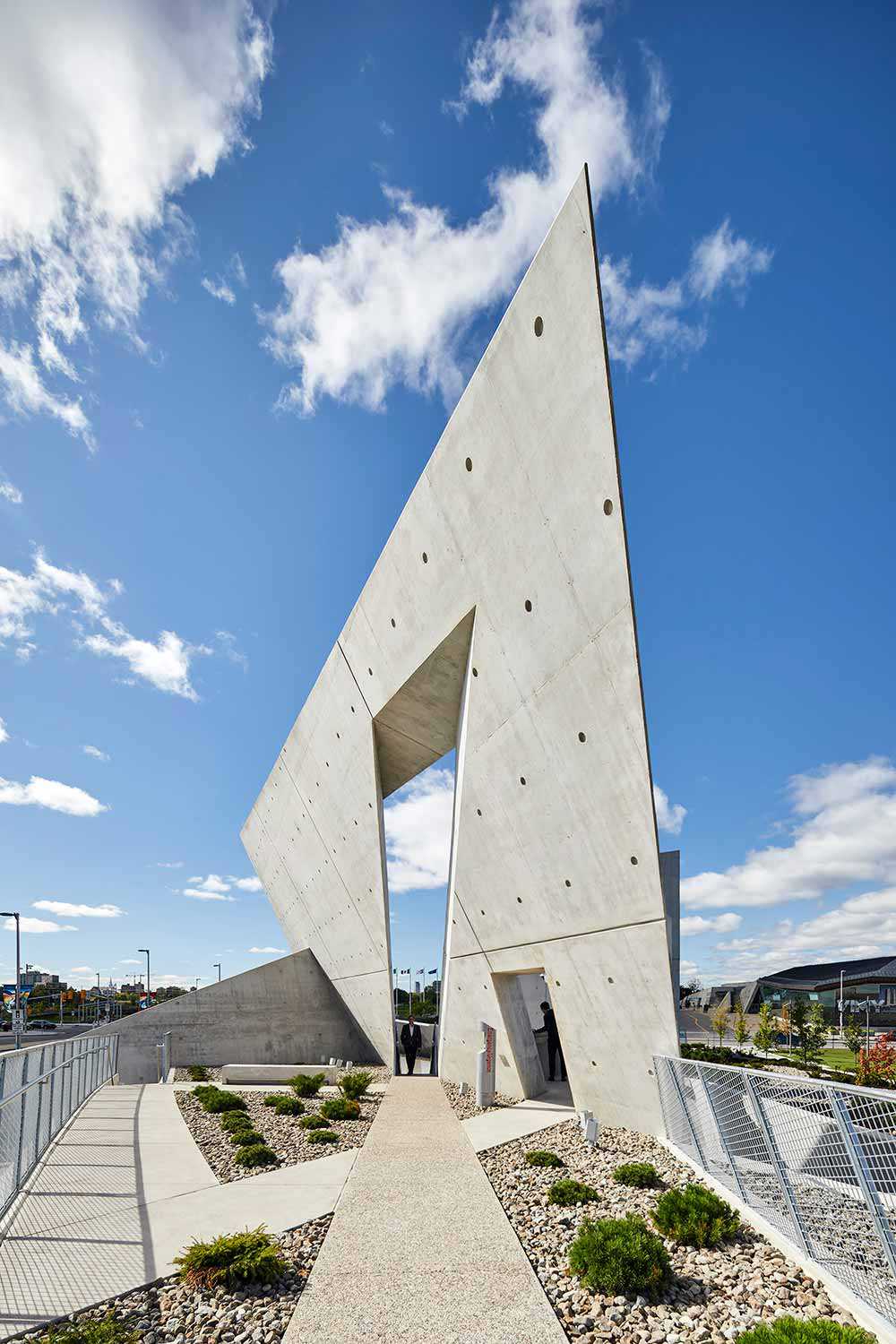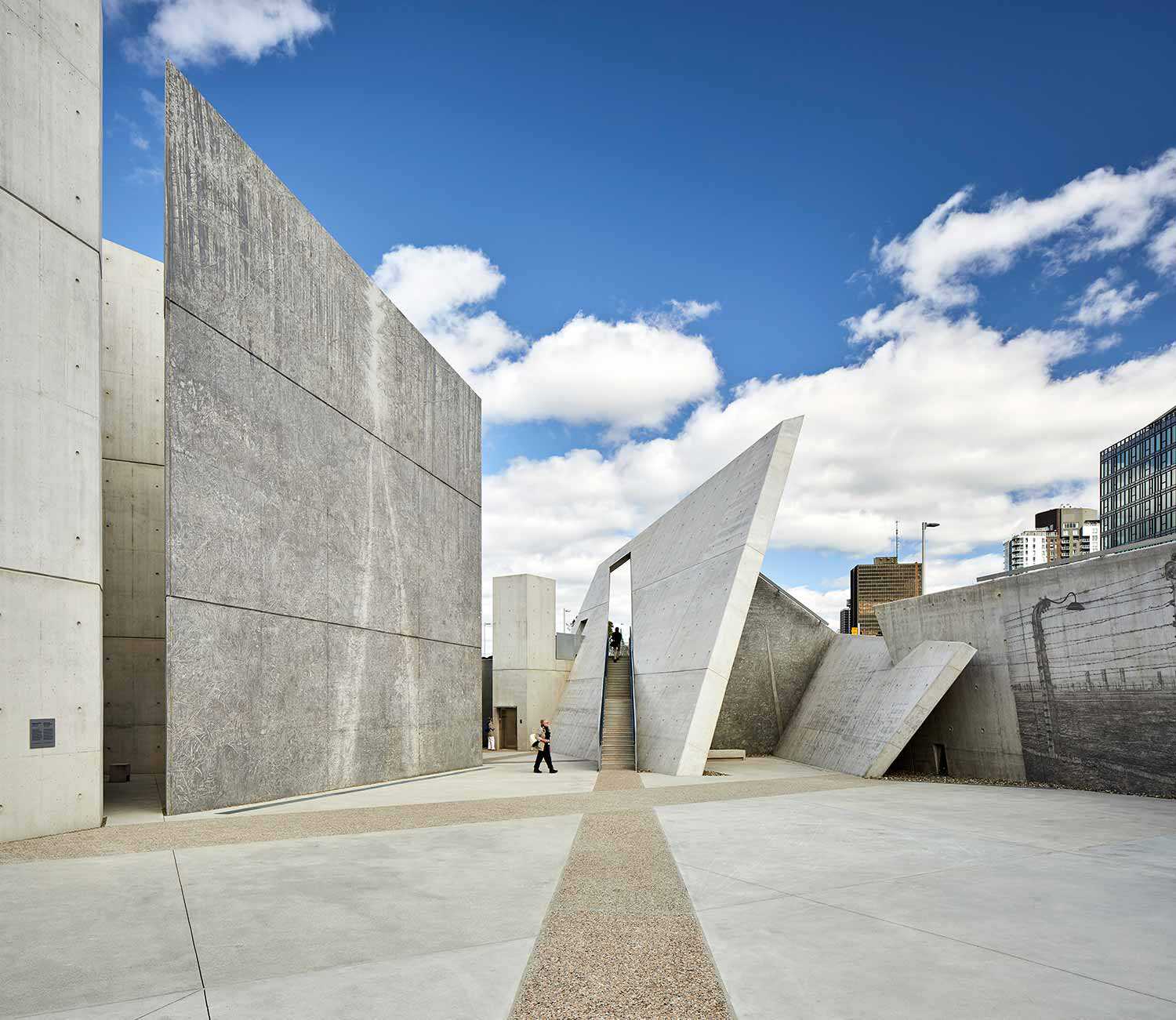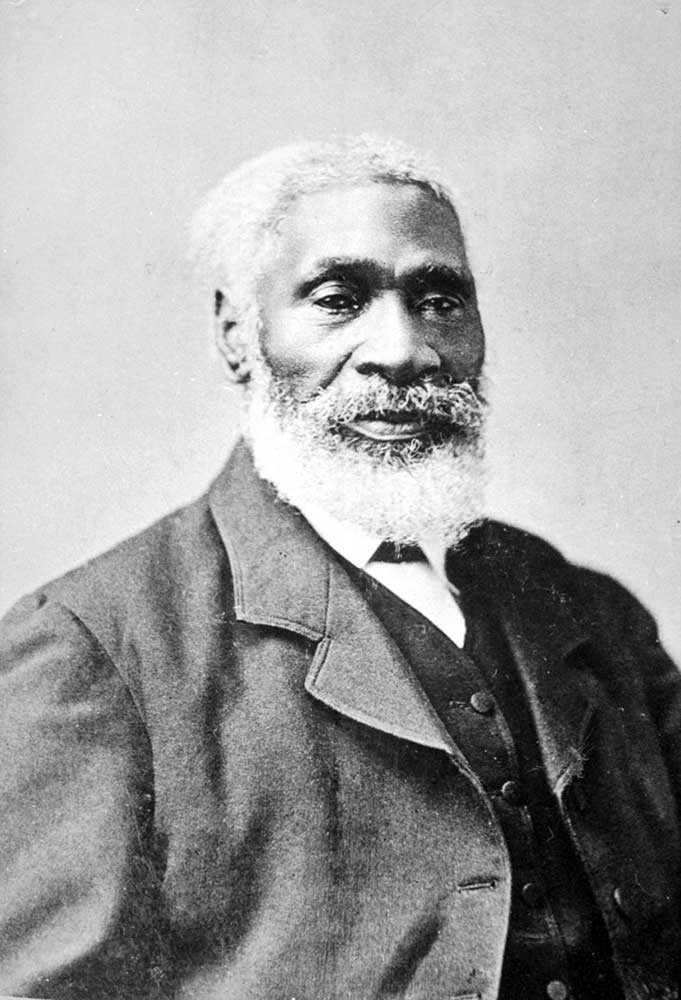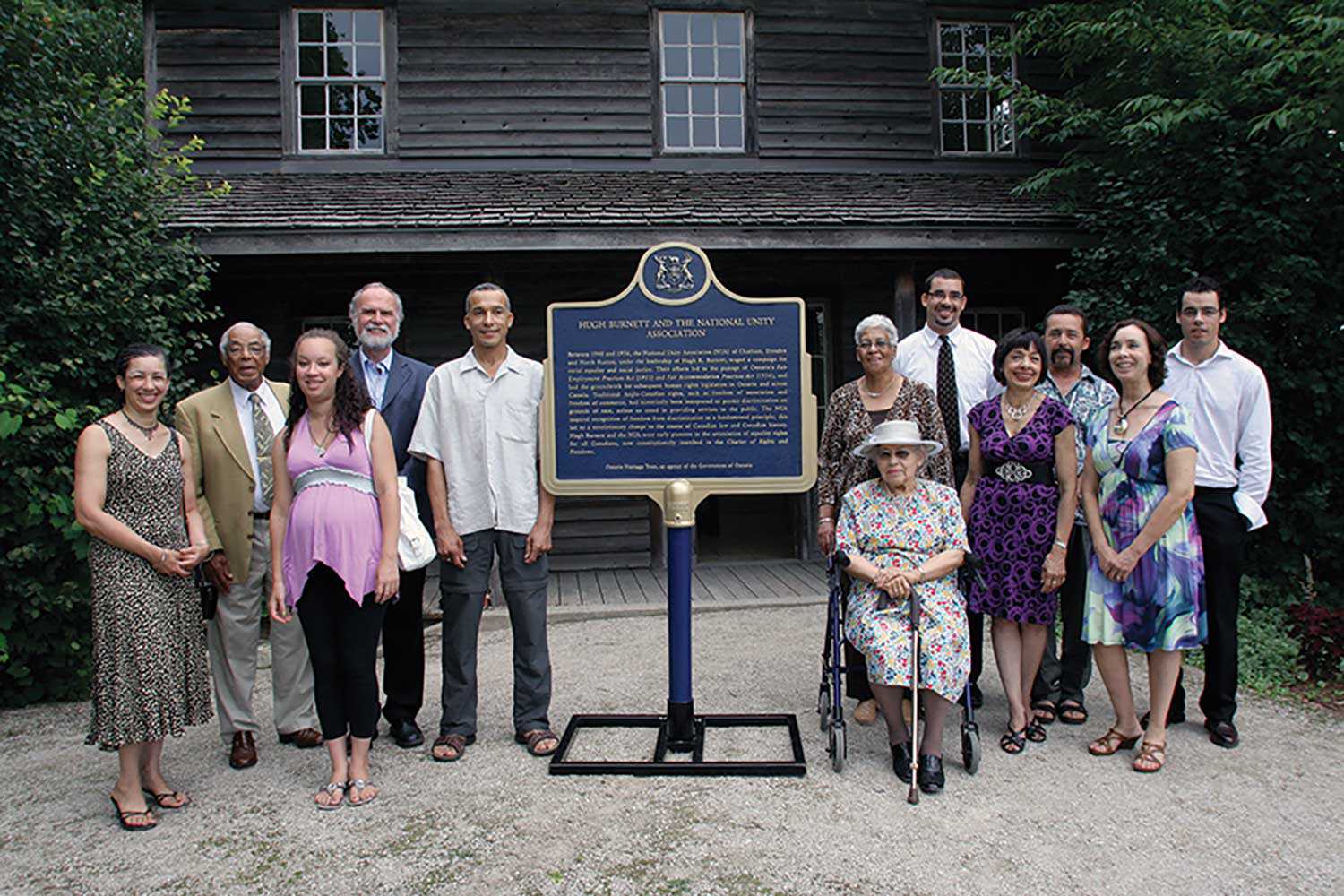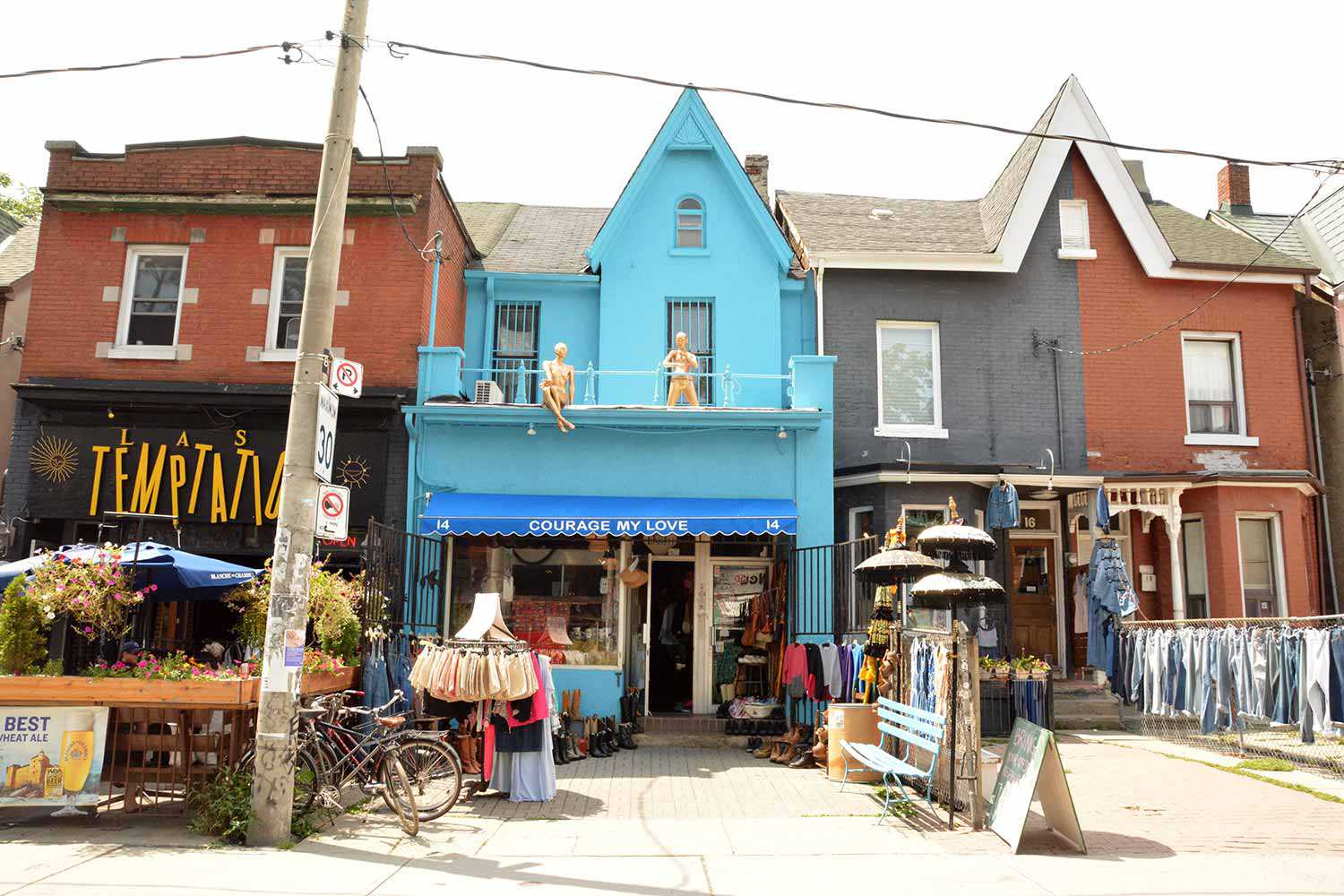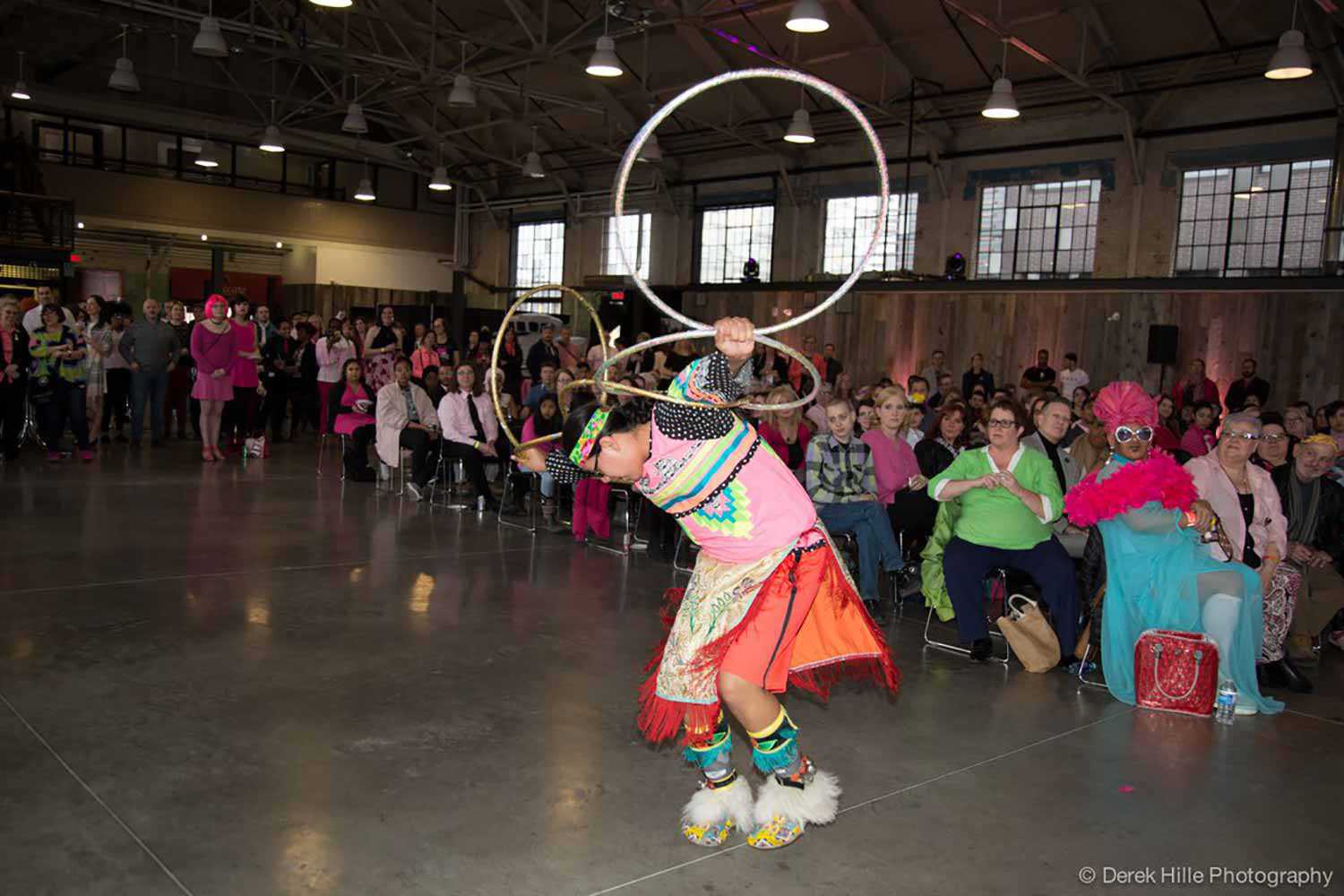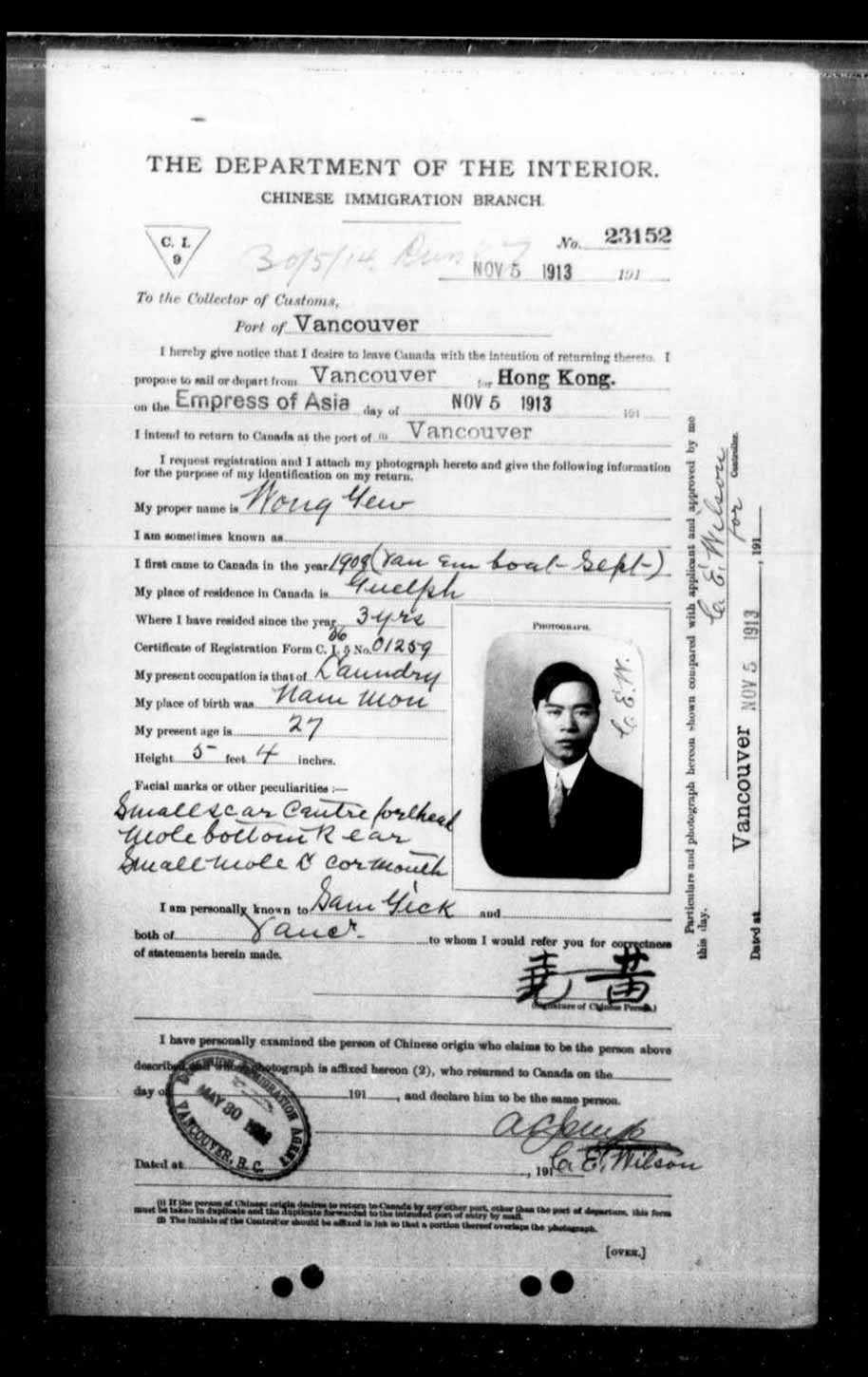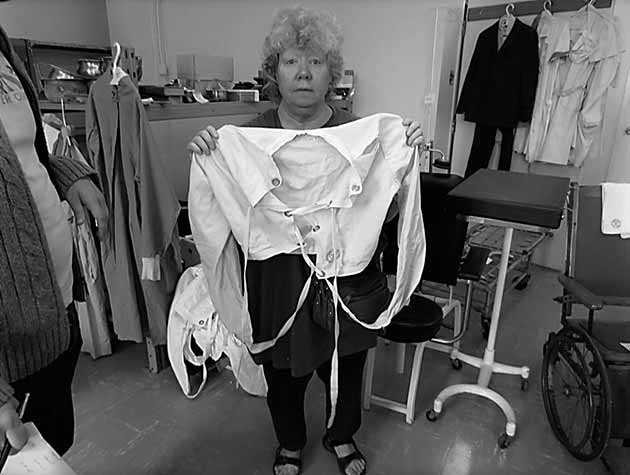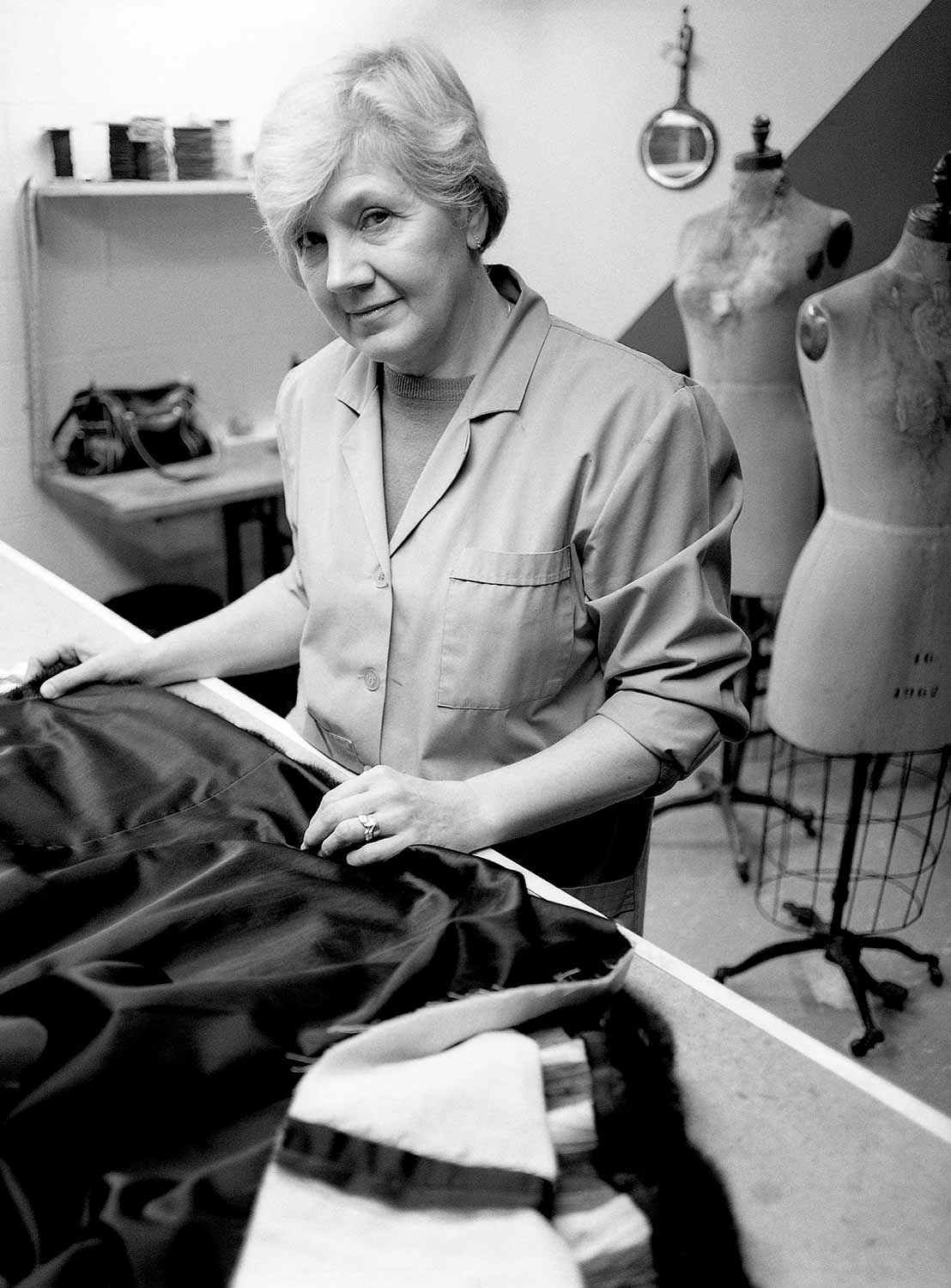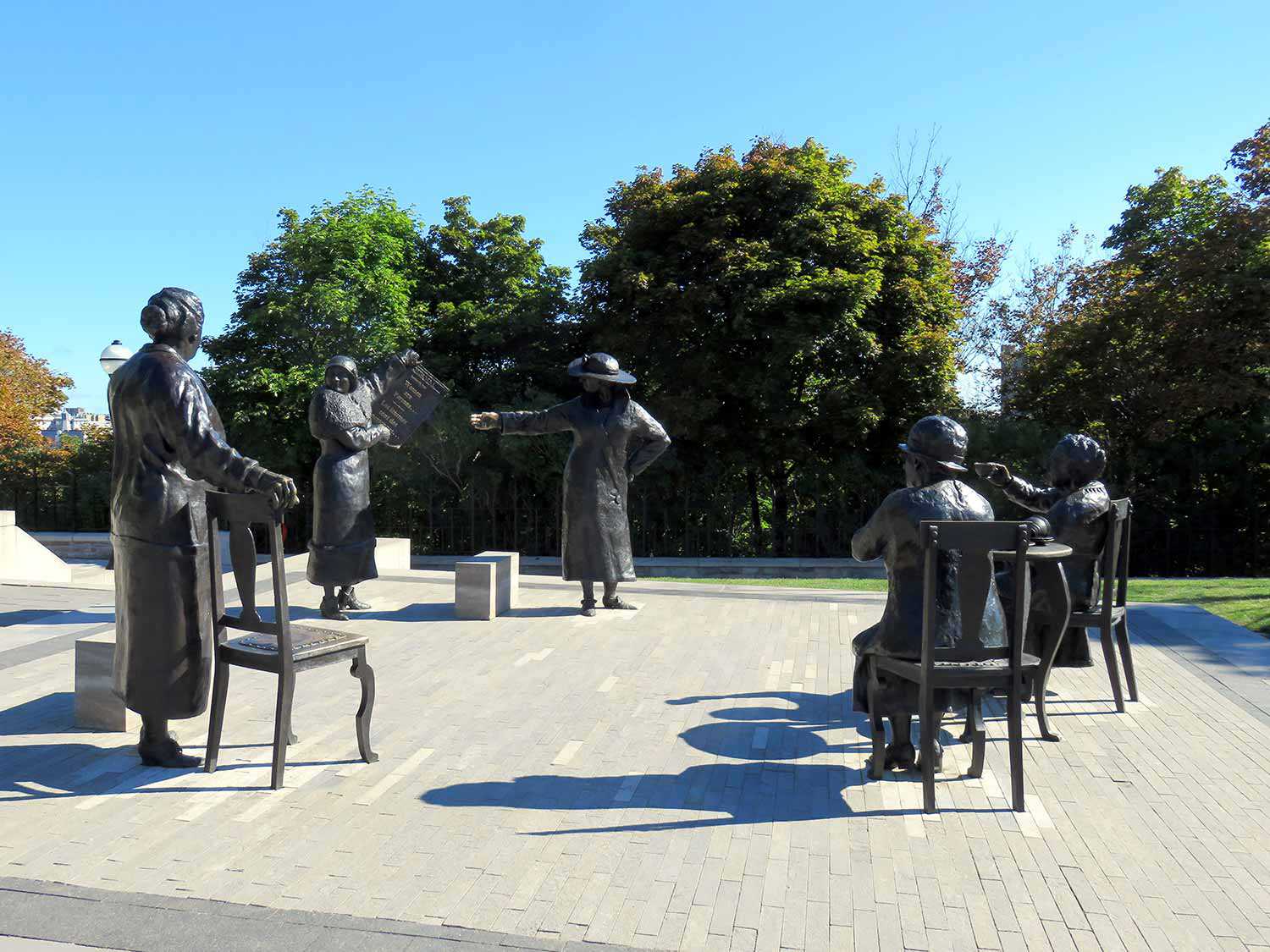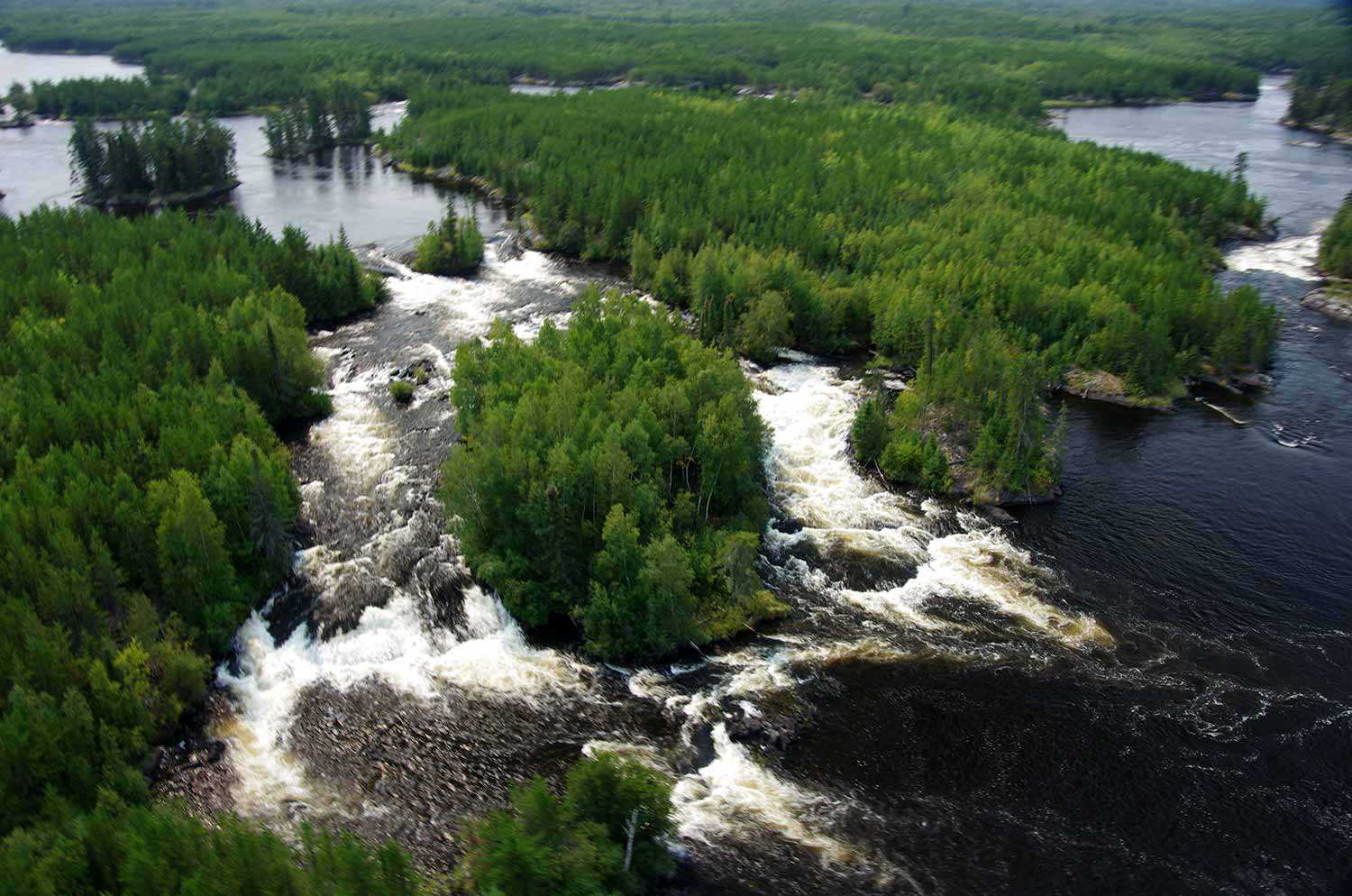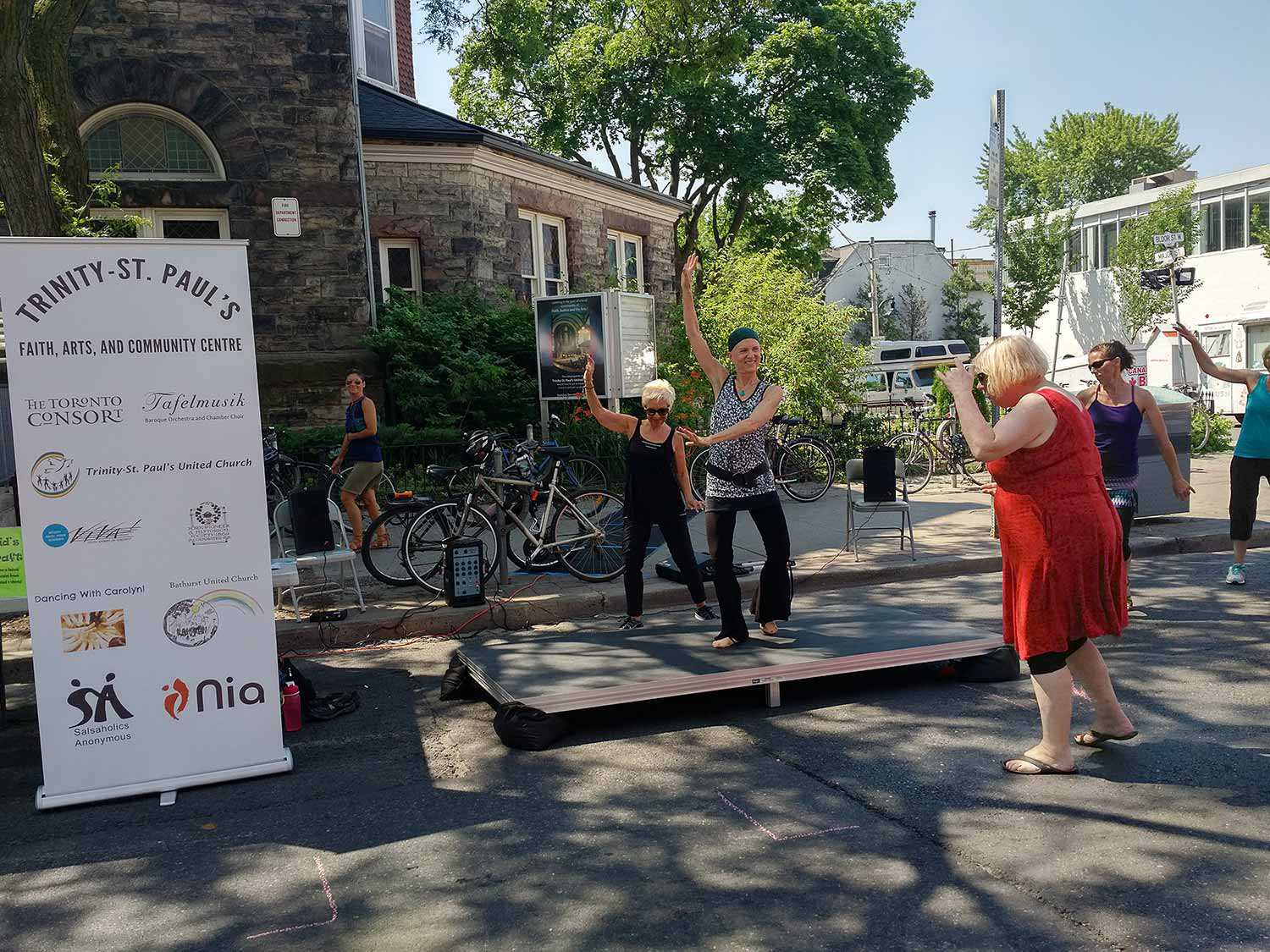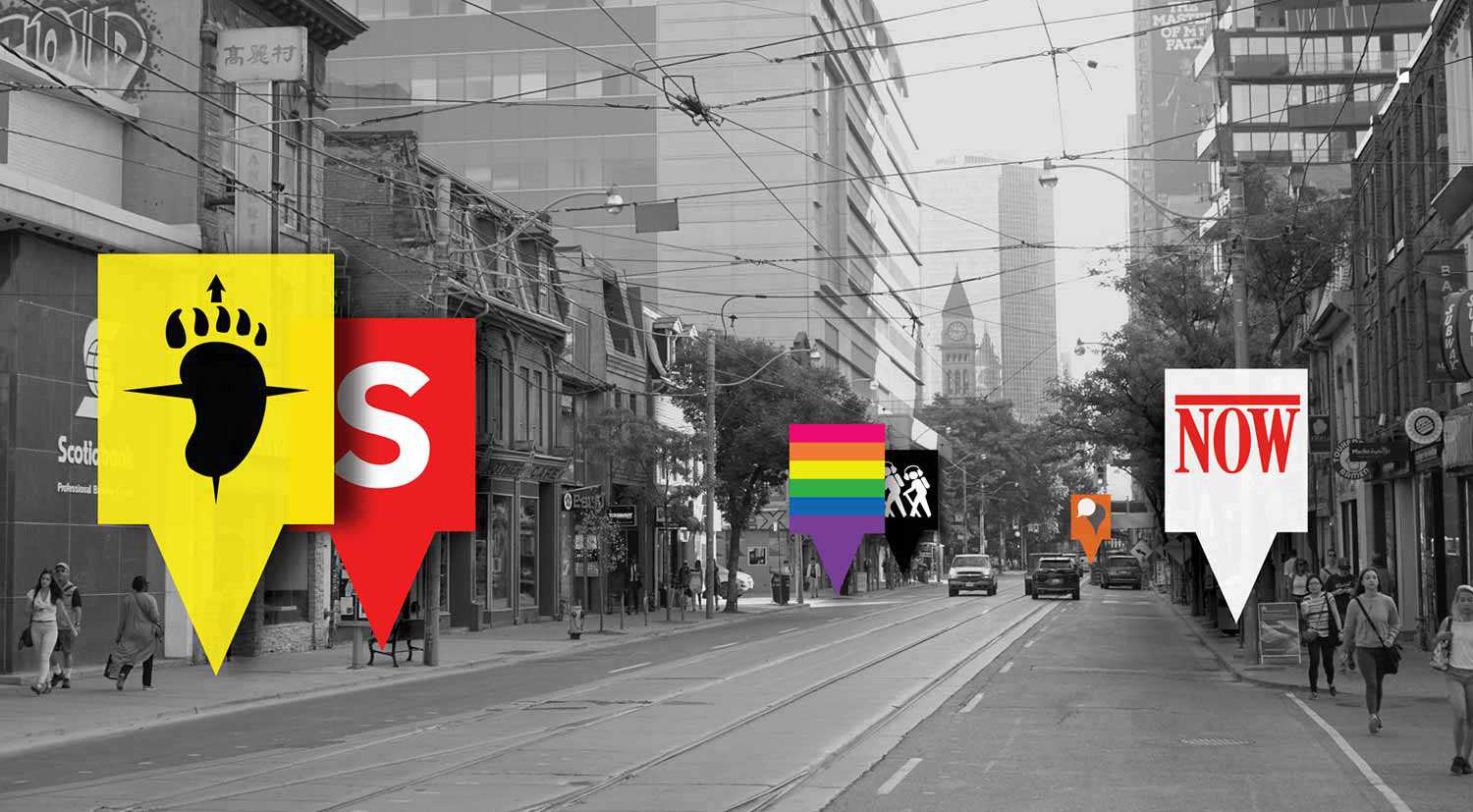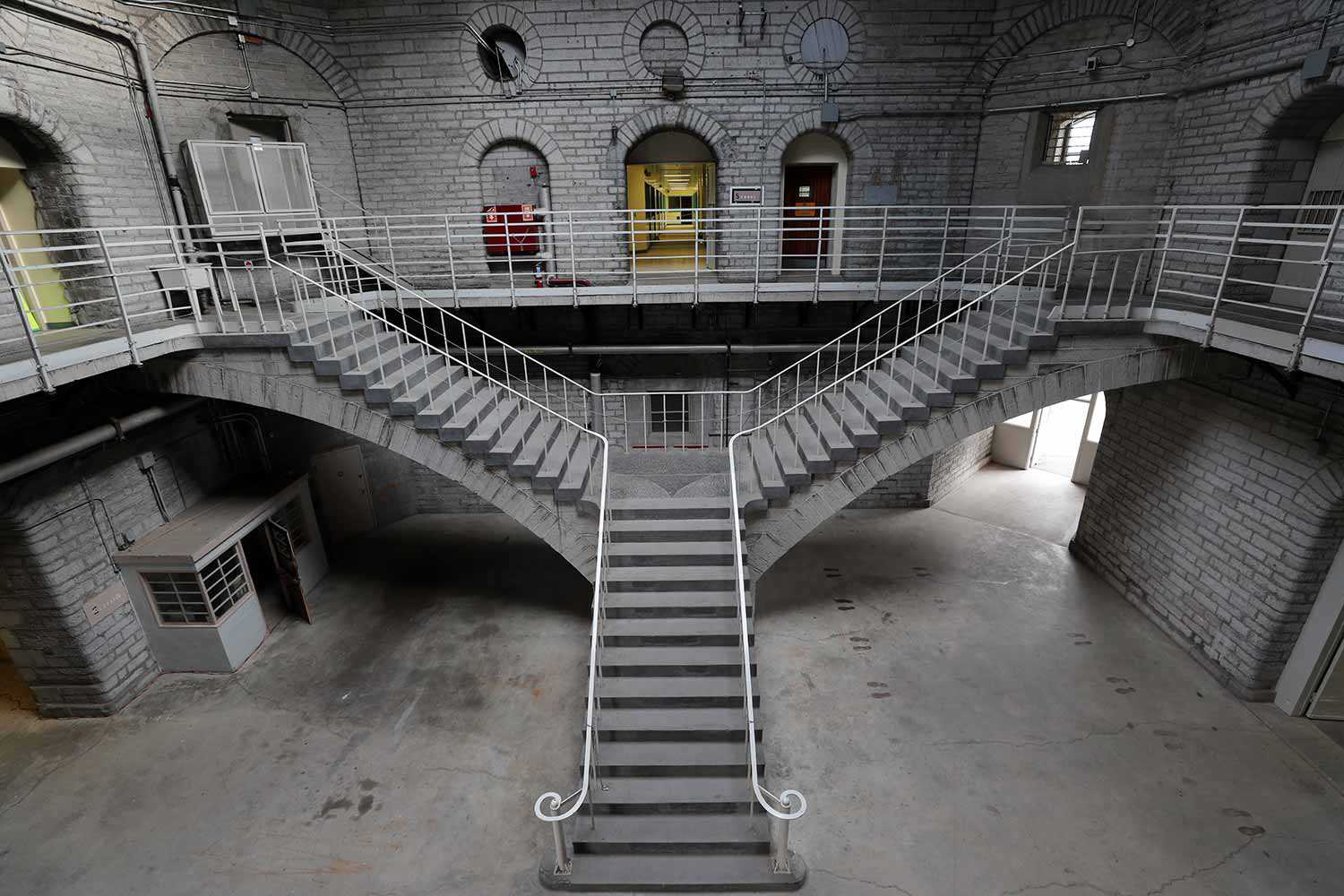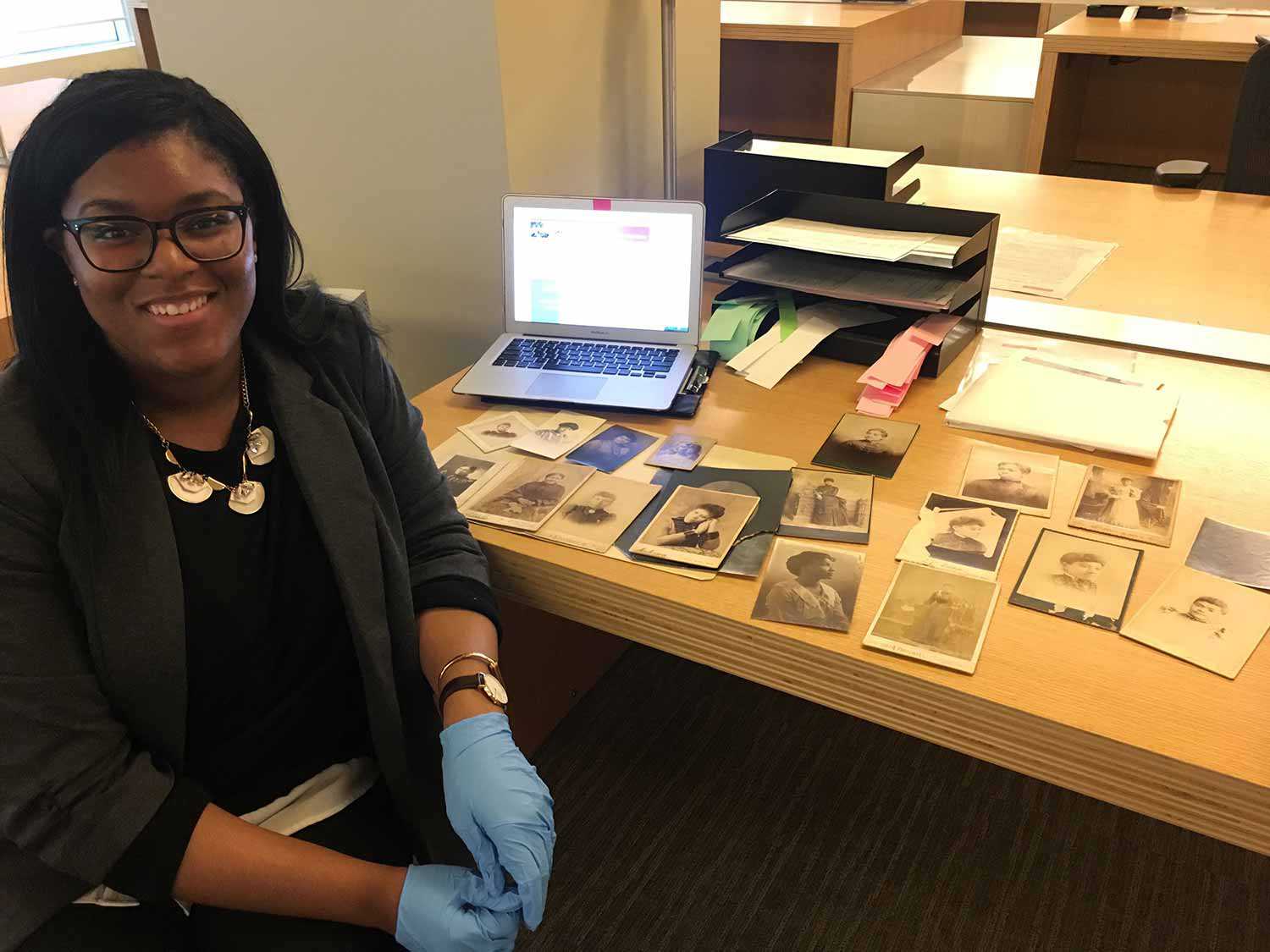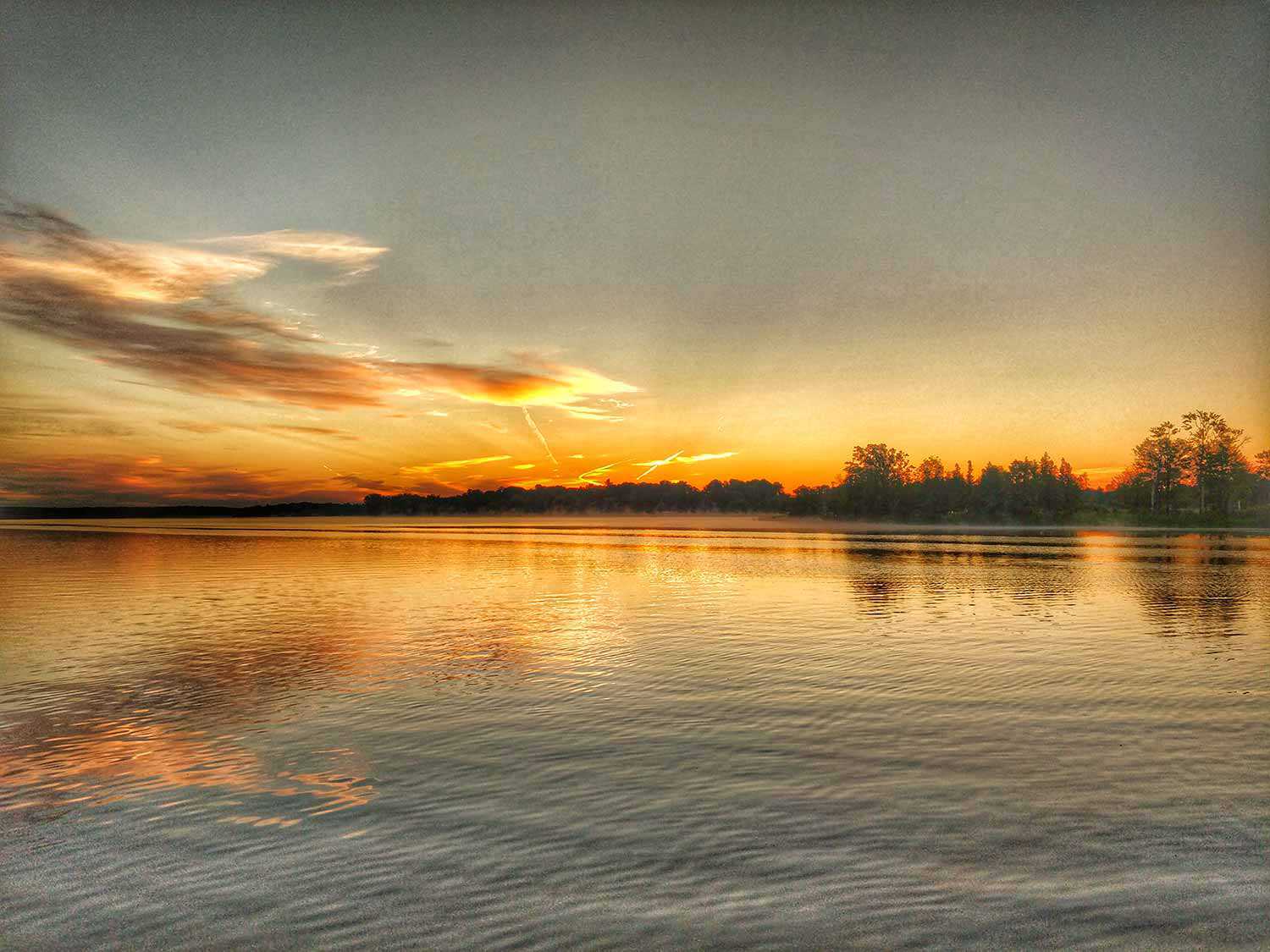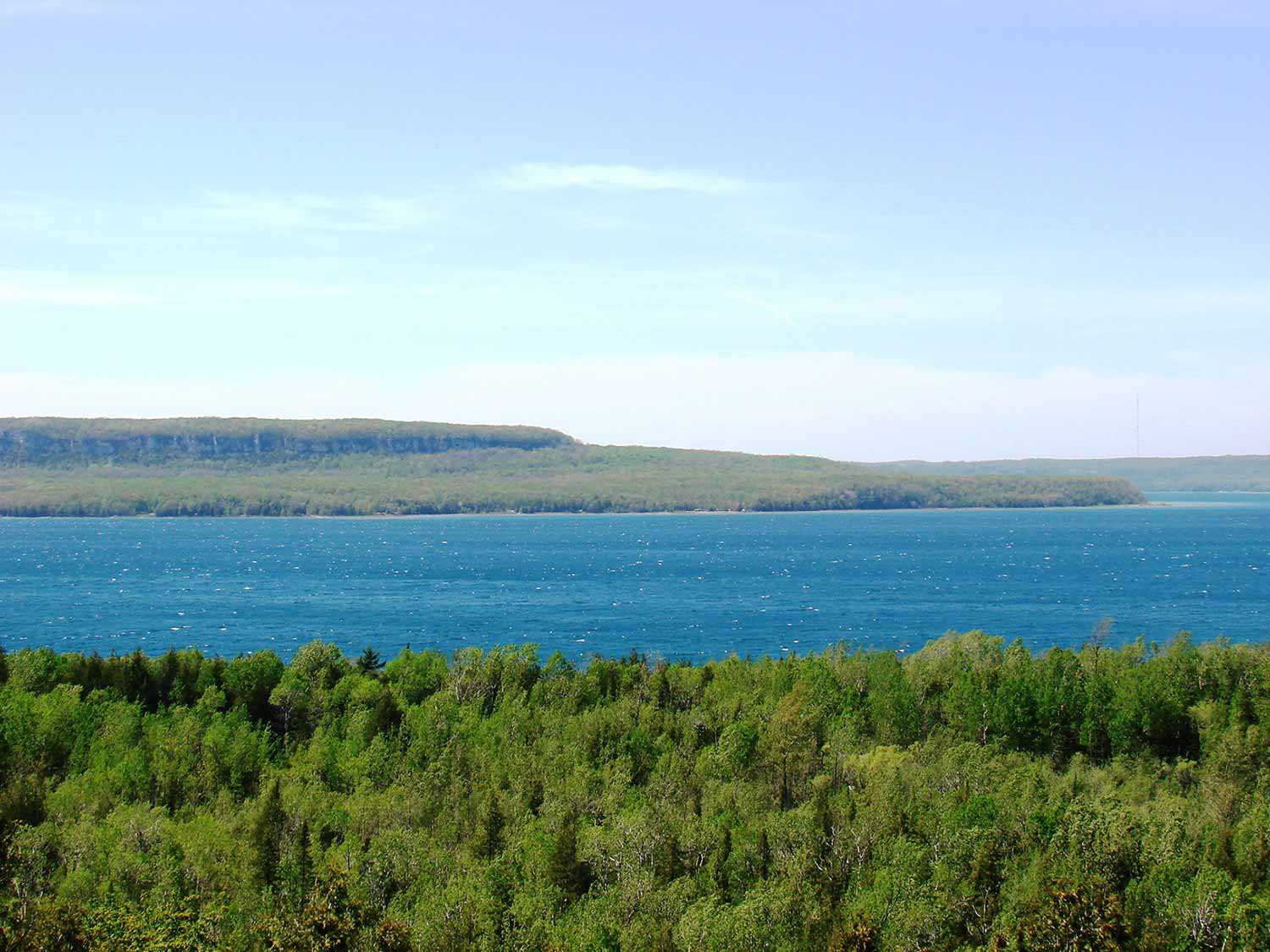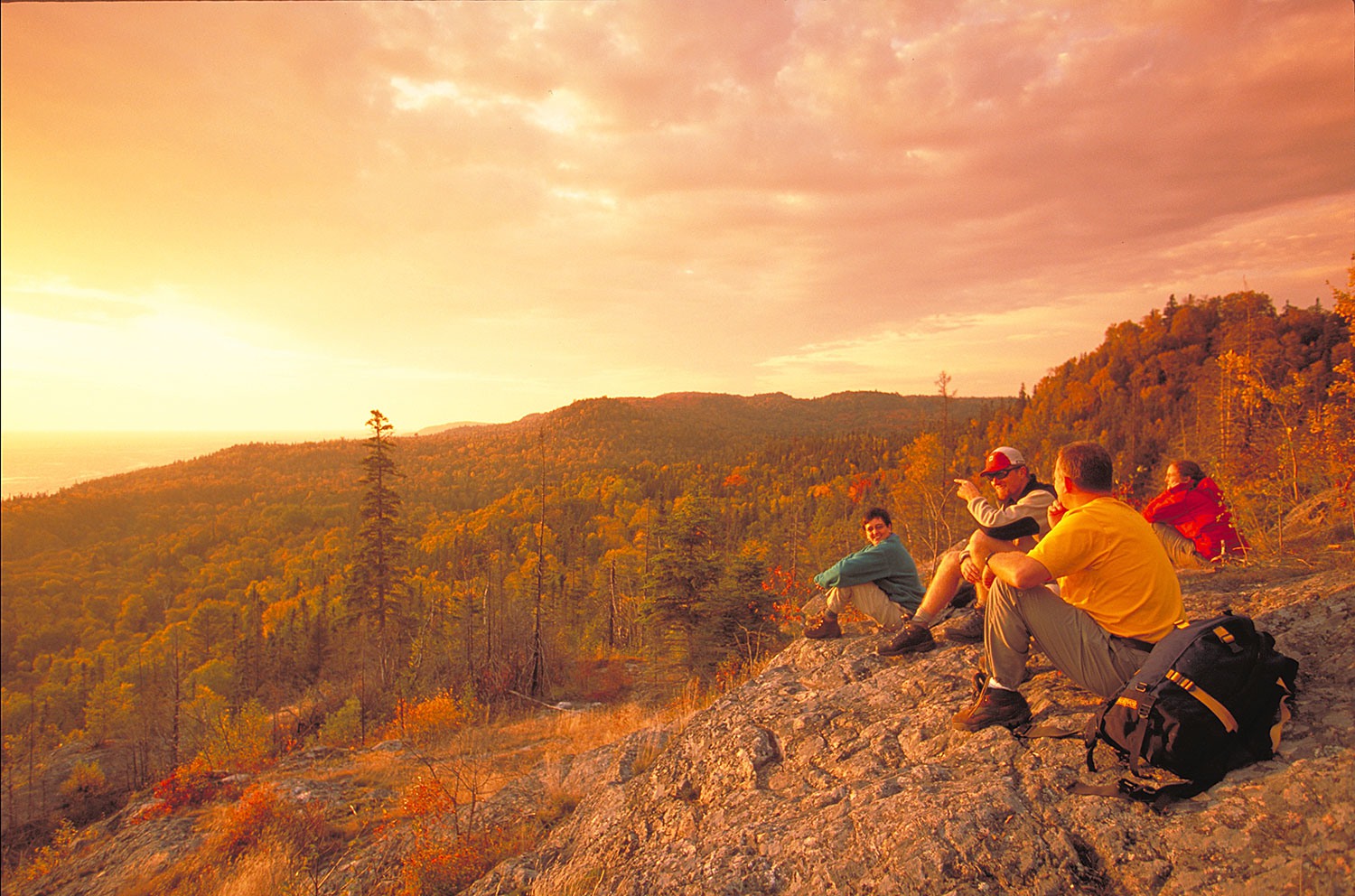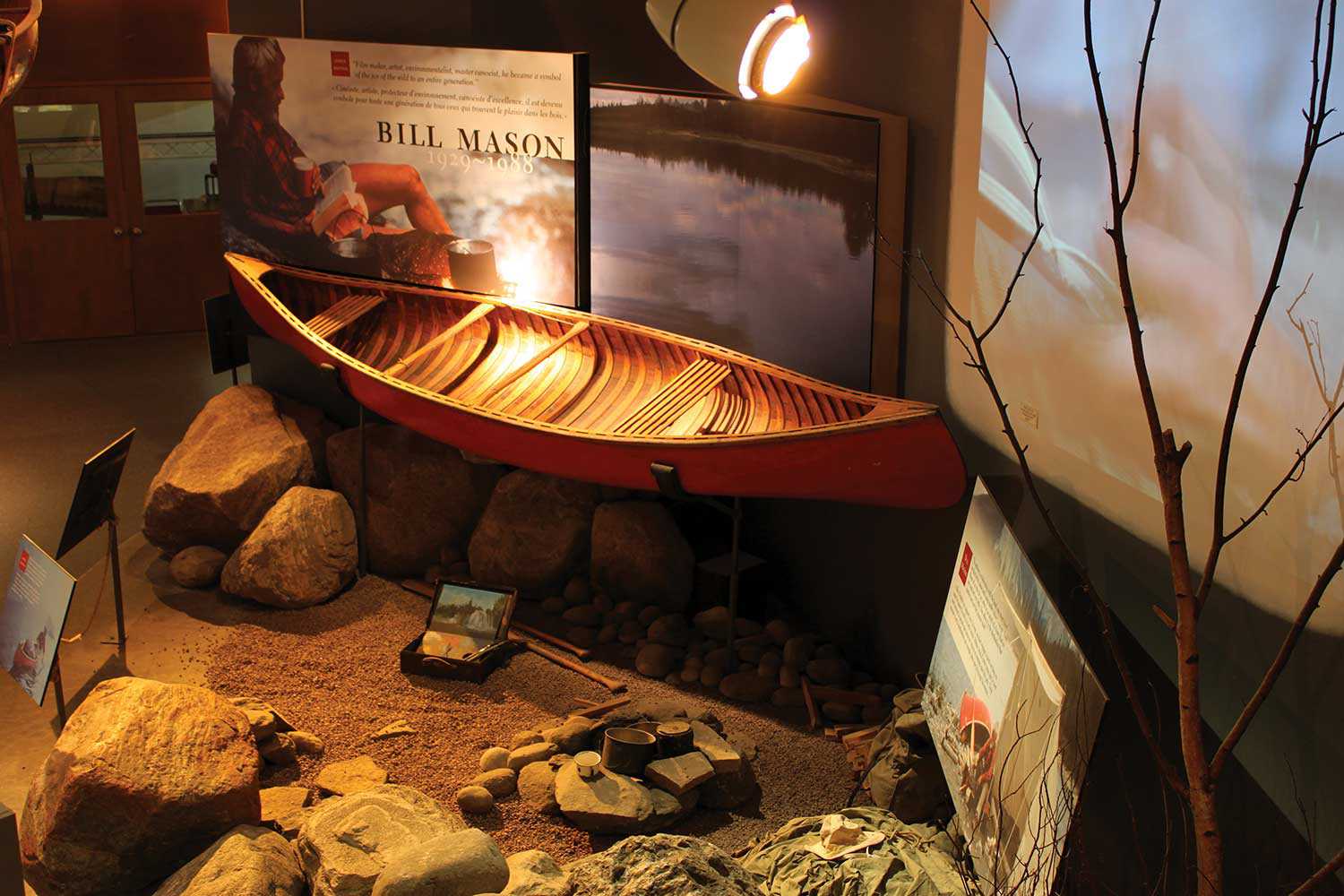

Browse by category
- Adaptive reuse
- Archaeology
- Arts and creativity
- Black heritage
- Buildings and architecture
- Communication
- Community
- Cultural landscapes
- Cultural objects
- Design
- Economics of heritage
- Environment
- Expanding the narrative
- Food
- Francophone heritage
- Indigenous heritage
- Intangible heritage
- Medical heritage
- Military heritage
- MyOntario
- Natural heritage
- Sport heritage
- Tools for conservation
- Women's heritage
Canada’s newest landmark: The Canadian National Holocaust Monument
On September 27, 2017, Prime Minister Justin Trudeau officially inaugurated the National Holocaust Monument in Ottawa. The monument stands at the northeast corner of Booth and Wellington streets, across from the Canadian War Museum, and is the largest monument built in the capital in more than 70 years, changing the landscape of our nation’s capital for all Canadians.
To fully understand how and why this landmark was created, we need to rewind to 2007. Laura Grosman, then an 18-year-old student at the University of Ottawa, learned that Canada was the only Second World War ally that did not have a national Holocaust monument in its capital. She set out to change this situation. Armed with images of memorials from around the world, statistics about Holocaust education and great determination, she spent three years knocking on government doors. Finally, with the direct support from then-Prime Minister Stephen Harper, Bill C-442 was passed – a private member’s bill introduced by Tim Uppal, Conservative representative for Edmonton. Bill C-442 – an Act to Establish a National Holocaust Monument – was signed into law by the Governor General on May 25, 2011. The following year, the National Holocaust Monument Development Council was appointed by then-Minister of Foreign Affairs, John Baird. The Council, made up of five volunteers from across Canada, was given the mandate to raise $4.5 million. The Government of Canada committed to matching these funds to a maximum of another $4 million, as well as providing the land for the monument.
In May 2014, a selection jury awarded design of the monument to a team led by Lord Cultural Resources of Toronto, which included architect Daniel Libeskind, landscape architect Claude Cormier, photographer Edward Burtynsky and University of Toronto historian Doris Bergen. Titled Landscape of Loss, Memory and Survival, the design features six triangular concrete structures that create the points of a star.
“The star remains the visual symbol of the Holocaust – a symbol that millions of Jews were forced to wear by the Nazis to identify them as Jews, exclude them from humanity and mark them for extermination,” explained Libeskind.
Within the six concrete triangles are specific areas, including an educational interpretation space describing the history of Canada and the Holocaust, three individual spaces for contemplation, a central gathering space and the cathedral-like “Sky Void,” which contains the eternally burning Flame of Remembrance. Burtynsky’s photographs appear on the walls of each triangular space, transporting visitors to the haunting landscapes of Holocaust sites. Gesturing towards the nearby Parliament Buildings, the “Stair of Hope” takes visitors from the central gathering space to the upper plaza. Surrounding the monument, a rocky landscape dotted with coniferous trees will evolve as the structure ages, representing the passing of time and the contribution of Canadian survivors to the culture and society of modern-day Canada.
“It is extremely meaningful to have been able to design and realize this monument with an incredible team,” said Libeskind. “This monument not only creates a very important public space for the remembrance of those who were murdered in the Holocaust, but it also serves as a constant reminder that today’s world is threatened by anti-Semitism, racism and bigotry. Canada has upheld the fundamental democratic values of people regardless of race, class or creed, and this national monument is the expression of those principles and of the future.”
Rabbi Daniel Friedman, chair of the National Holocaust Monument Development Council, said that the monument should be a required stop for every visiting foreign dignitary and every school child. In his address at the inauguration he said, “For the last five years, I have had the great distinction to chair the National Holocaust Monument Development Council. When our council met with Canadian leaders representing various walks of life to discuss the vision of Monument, the group concluded that the monument should reflect three elements: It should serve as a memorial to the six million Jews and others murdered by the Nazis; it should recognize the contributions of Holocaust survivors to Canadian society; and it should demonstrate our eternal national commitment to standing at the forefront of the battle against anti-Semitism, racism, and bigotry everywhere.”
He went on to say that, “Our success is a reflection of your incredible generosity. I speak on behalf of all my fellow council members when I say that each of you made an incredible difference. We had sessions to discuss whether we had the funds to include a row of trees, or whether the monument needed full-time security monitoring and just when we thought it wasn’t doable, one of you stepped up miraculously and made it a reality. Every dollar was accounted for and spent prudently to bring you a monument today that is world-class and will remain forever etched in the hearts and minds of all who visit.”
Prime Minister Justin Trudeau opened the monument, saying, “We now have a place here in our nation’s capital where families can come together to learn, to ask those tough questions, to grieve and to remember. May this monument remind us to always open our arms and hearts to those in need.”

